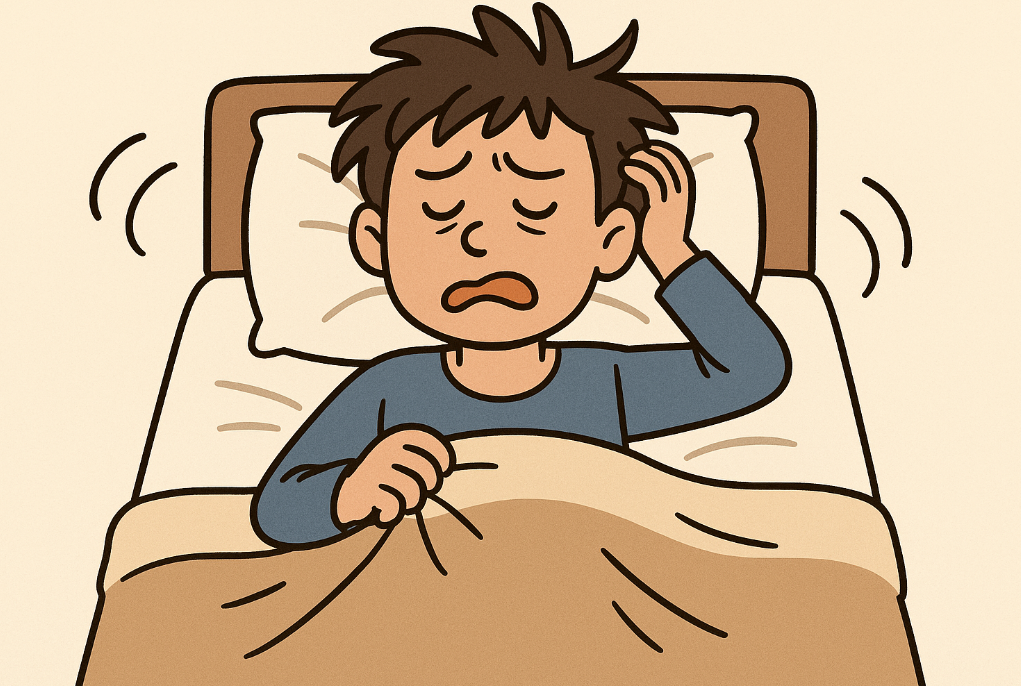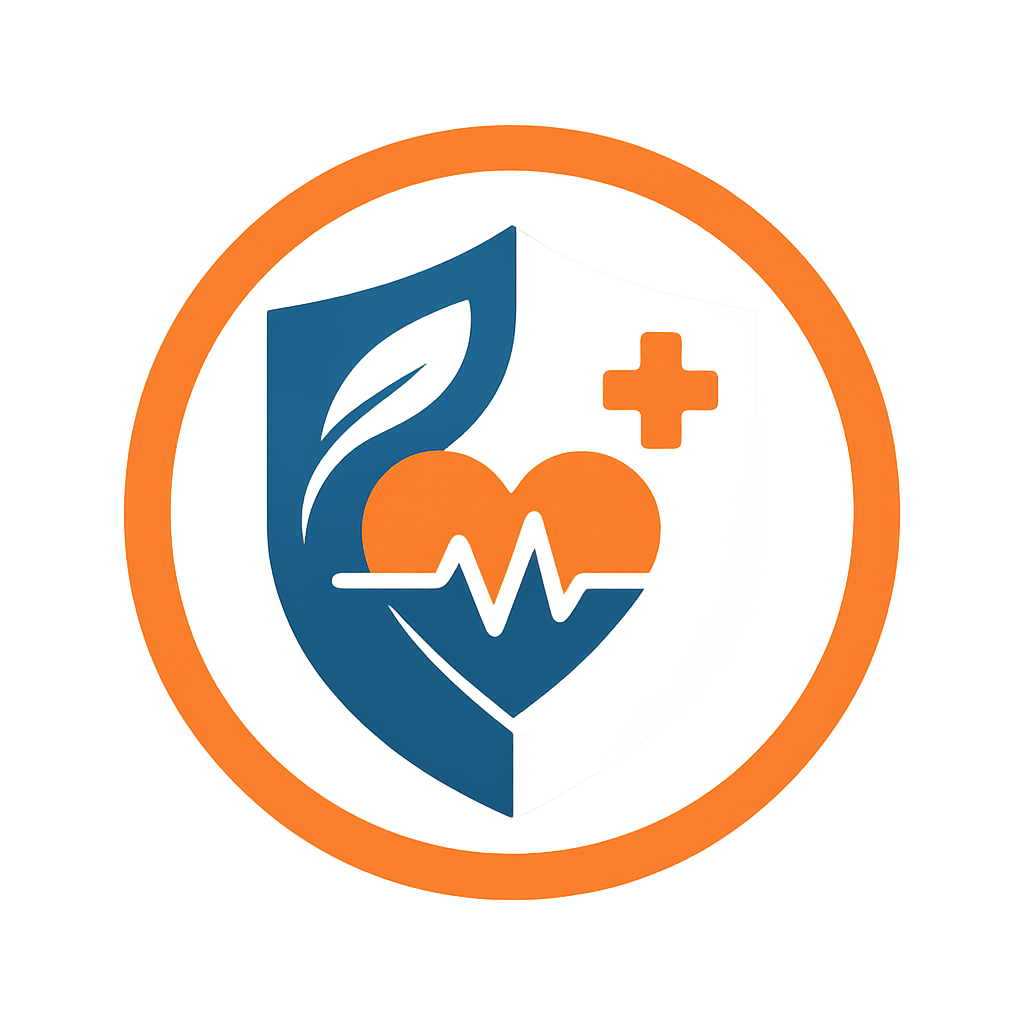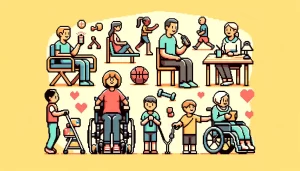
Rethinking “Psychopathology” for Public Health
Mental health shapes everything—from how we relate to others to how we get through the day. But understanding what qualifies as a mental disorder is not always straightforward. If you’ve ever wondered who decides what’s “normal” or when emotions become diagnosable, you’re not alone.
In public health, we often use systems like the DSM (Diagnostic and Statistical Manual of Mental Disorders) to help diagnose and treat mental illness. But even professionals admit—these tools have limits.
This blog explores why defining mental illness is tricky and how we might take a more person-centered approach that supports recovery, respects culture, and works better in real life.
The DSM: A Useful Tool with Some Flaws
The old DSM-IV-TR (1999), which the 5th edition has since replaced, defines a mental disorder as:
“A clinically significant behavioral or psychological syndrome or pattern that occurs in an individual… with distress, disability, or increased risk of suffering, death, pain, disability, or loss of freedom.”
It sounds official—but let’s unpack that. This definition raises tough questions:
- How much distress is clinically significant?
- What if someone is struggling but doesn’t realize it?
- Can behavior be “abnormal” in one culture but not in another?
And as Maddox (2005) argues, the DSM is based on four faulty ideas:
- Categories are facts. DSM categories are not discovered like natural laws—they’re created by people to serve clinical needs. Some are helpful; others may be outdated or oversimplified.
- We can easily label “normal” vs. “abnormal.” Mental health symptoms often exist on a spectrum. For example, many people feel anxious or sad without having a disorder.
- Labels lead to better decisions. Labels can help, but they can also bias providers, causing them to focus only on certain symptoms (Meehl, 1973; Lilienfeld et al., 2010).
- Labels guide treatment. A diagnosis like depression can be made in over 200 ways—yet the DSM treats them all the same (NCS-R, 2007). But two people with depression might need very different care.
Key Terms: What Do They Really Mean?
Let’s revisit the DSM definition, focusing on three important words:
- Clinically significant: This means the symptoms matter enough to affect daily life. But what’s “significant” for one person may not be for another.
- Distress: Distress can mean pain, anxiety, or emotional overwhelm. But sometimes people with mental illness don’t feel distressed at all, especially in cases like substance abuse or certain personality disorders.
- Disability: This refers to how much a symptom interferes with daily life. But this is judged through a cultural lens. For example, someone with obsessive traits may struggle in social situations, but thrive in a high-detail job like surgery.
Even the DSM admits there’s no perfect definition:
“The concept of mental disorder lacks a consistent operational definition that covers all situations.” (APA, 1999)
Why Context Matters
Diagnosing someone isn’t just about counting symptoms—it’s about understanding their world. Culture, family, environment, and life goals all matter. A “problem” behavior in one setting may be normal—or even useful—in another.
Public health professionals should ask:
- How is this person functioning in their home, job, or community?
- What pressures or traumas have they faced?
- What strengths or supports do they already have?
The older DSM system included “Axis IV” to capture social and environmental problems, but it focused mostly on what’s wrong. A better approach would also include what’s going right.
For example, “recovery capital” is a tool that measures someone’s personal, social, and community resources. It includes things like hope, housing, support networks, and purpose—all of which shape a person’s path to recovery (Laudet & White, 2008; White, 2009).
A Better Way to Define Psychopathology
Here’s one way to rethink it:
“Psychopathology is a cluster of psychological symptoms that prevent someone from achieving self-defined goals in the context of their environment and culture.”
This definition centers the individual and avoids one-size-fits-all labels. It asks:
- How is this person’s mental health affecting their life?
- What do they want to change?
- How can we help in a way that’s respectful, meaningful, and effective?
Public Health Takeaways
Public health is about supporting people, not just treating diagnoses. A more flexible and person-centered approach can help us:
✅ Design better prevention strategies
✅ Support culturally responsive care
✅ Build systems that promote recovery, not just reduce symptoms
✅ Reduce stigma by seeing mental health as a spectrum, not a label
Mental illness isn’t a simple checklist. It’s about understanding someone’s life, goals, and context—and helping them get where they want to go.
A long-ish list of sources
- Bronfenbrenner, U. & Morris, P. (2004). The Bioecological Model of Human Development. Handbook of Child Psychology, Vol. 1. Wiley.
- Center for Substance Abuse Treatment. (1999). Enhancing Motivation for Change in Substance Abuse Treatment (TIP 35). DHHS.
- Davidson, L., et al. (2007). Creating a Recovery-Oriented System of Behavioral Health Care. Psychiatric Rehabilitation Journal, 31(1), 23–31.
- DiClemente, C., Schlundt, D., & Gemmel, L. (2004). Readiness and Stages of Change. The American Journal of Addictions, 13, 103–119.
- Greenberg, M. T. (2006). Promoting resilience in youth. Annals of New York Academy of Sciences, 1094, 139–150.
- Lerner, R. M. (2006). Developmental science and contemporary theories. Handbook of Child Psychology, Vol. 1. Wiley.
- Maddux, J.E. (2005). Stopping the “Madness.” In Snyder & Lopez (Eds.), Handbook of Positive Psychology, pp. 13–25. Oxford.
- Masten, A. (2004). Risk and resilience in adolescence. Adolescent Brain Development, NY Academy of Sciences.
- Meehl, P. (1973). Why I Do Not Attend Case Conferences. Psychodiagnosis: Selected Papers, Univ. of Minnesota Press.
- Moss, H., Chen, C., & Yi, H. (2007). Subtypes of Alcohol Dependence. Drug and Alcohol Dependence, 91(2–3), 149–158.
- Parke, R., & Buriel, R. (1998). Socialization in the family. Handbook of Child Psychology, Vol. 3. Wiley.
Philadelphia Department of Behavioral Health (2011). Recovery and Resilience Oriented Treatment Guidelines, v1.0. - Rutter, M., & Sroufe, L. (2000). Developmental Psychopathology. Development and Psychopathology, 12, 265–396.
- Sadock, B., & Sadock, V. (2007). Synopsis of Psychiatry, 10th ed. LWW.
Shadish, W., Cook, T., & Campbell, D. (2002). Experimental and Quasi-Experimental Designs. Houghton Mifflin. - Substance Abuse and Mental Health Services Administration. (2010). Recovery-Oriented Systems of Care (ROSC) Resource Guide.
- White, W. & Kurtz, E. (2006). The Varieties of Recovery Experience. Great Lakes ATTC.
- White, W. (2008). Recovery Management and Recovery-Oriented Systems of Care. Great Lakes ATTC.
- White, W. (2009). Community Resources and Recovery. Journal of Substance Abuse Treatment, 36, 146–158.
- Laudet, A., & White, W. (2008). Recovery Capital and Sustained Recovery. Substance Use and Misuse, 43, 27–54.
- Lilienfeld, S., Lynn, S., Ruscio, J., & Beyerstein, B. (2010). 50 Great Myths of Popular Psychology. Wiley.
National Comorbidity Survey (2007). Lifetime Prevalence Rates. Retrieved from http://www.hcp.med.harvard.edu/ncs/ftpdir/table_ncsr_LTprevgenderxage.pdf.



